Review for Inu-Oh
Introduction
There are a whole lot of anime movies out there, and plenty of genres to delve into. But looking at the films that All the Anime have released in the UK to date, perhaps more than their fair share comprise films about music. Technically, you could say that their first movie release, Perfect Blue was about music, although that was outweighed by the psychological horror. But then there are films like Anthem of the Heart, Belle, On-gaku, Liz and the Blue Bird, and even their latest, One Piece Film: Red, which they somehow snaffled out from under Crunchyroll, that heavily feature music or musicians in their respective plots. That’s no less true for Inu-Oh, Masaaki Yuasa’s 2021 feature, which is a historical period rock-opera! Masaaki Yuasa is a taste that I have yet to acquire, with only Tatami Galaxy and Ping Pong standing out as essential. Films like Night is Short Walk On Girl, Lu Over the Wall, and Ride Your Wave have left me feeling lukewarm, entertained but underwhelmed. Yet I still approach Inu-Oh with high expectations.
600 years ago, when Japan was split in two, and two emperors vied to rule a united country, Inu-Oh was born, a deformed child who grew up with the dogs that inspired his name, wearing a mask that allowed him to fit into society. At the same time, a young boy named Tomona was blinded by the curse that claimed his father’s life, when they were hired to dive, looking for treasure at a site where a Heike armada sank in battle.
Like so many of the blind, Tomona grew up to be trained as a Biwa player, ironically the musicians that keep the tales of the Heike alive through song and storytelling, although he quickly develops his own style. And when he encounters Inu-Oh, it turns out to be the perfect accompaniment to his unique dance, What’s more, when Inu-Oh dances, he starts to undo the curse that causes his deformities. It turns out that the curse is caused by the spirits of the fallen Heike, and by telling their untold stories, Tomona and Inu-Oh together will lift the curse completely. It isn’t long before the people are drawn to their performances. But orthodoxy demands that only the official history of the Heike can be told...
Picture
Inu-Oh gets a 2.39:1 widescreen 1080p transfer on this disc, with the choice between DTS-HD MA 5.1 Surround English, Japanese, and French, with player locked English and French subtitles and signs for the appropriate audio track. I went with the Japanese audio as always, although I did sample the English dub, and noted that as is current practice, the songs remain in Japanese and are subtitled. The image is clear and sharp, with consistent, if understated pastel colours. The animation is smooth, and there is no sign of aliasing, compression or the like. The quality of the animation is strong, with some highly detailed imagery interspersed with stylised and evocative animation. The imaginative way the perspective of a blind man is depicted is quite notable. The audio is fine, the surround nice and immersive while making the most of the music. The dialogue is clear, and the subtitles are accurately timed and free of typos (except one un-translated line of dialogue towards the end), although the disc missed the opportunity of using the black bar at the bottom for the subtitle captions, rather than positioning them over the image.
Extras
You get one disc in a BD Amaray case, with a reversible sleeve. On disc insertion, you get the choice between French and English menus, and you’ll only get those particular audio and subtitle options from those slightly animated menus. On the disc you’ll find the following extras...
Otogizoshi: Storybook (1:59)
Inu-Oh Interview with Masaaki Yuasa (14:45)
Career Interview with Masaaki Yuasa (19:38)
Intermission: Inu-Oh and Tomoichi (3:51)
Cast Interview (5:19)
Trailer (2:14)
Conclusion
It’s the Dororo musical. There are many musical influences cited for Inu-Oh, notably Queen and Deep Purple, but for me, I couldn’t help thinking of the Osamu Tezuka story as I was watching the film. And in this case, the reference was doubled. I reviewed the most recent anime telling of the Dororo story early last year, the tale of a boy born cursed with a crippling deformity, but who through a series of adventures uncovers his past, and manages to systematically lift the curse and restore his body. That’s similar enough to the plot of Inu-Oh to begin with.
But what gives me the double reference is that the theme song for the recent Dororo anime, a striking and hauntingly catchy song was recorded by Queen Bee, whose lead singer just happens to be Avu-chan, who plays the title role in Inu-Oh. It’s almost poetic.
What differentiates Inu-Oh from Dororo is two-fold. The first is the music. This is in effect an animated rock musical, with plenty of catchy tunes and meaningful songs to enjoy. What’s more the animation of the dance sequences is dynamically and vividly done. You can imagine actual rock concerts with that kind of choreography and theatrical staging. If Jean-Michel Jarre had performed in ancient Japan...
The second thing is the film is based on real history. Okay, the rock opera might be anachronistic, but in terms of the history of the artforms, the Biwa players who came to be the primary storytellers relating the tales of the Heike, as well as the precursors to the Noh theatrical form, Inu-Oh captures that period in history. It’s also a period in history, the Muromachi or Ashikagi period, when the Japanese Imperium was split into the Northern and Southern Courts, which I haven’t seen depicted on screen before.
Most historical Japanese fiction brought over to the UK either features the Warring States Period, or the subsequent Tokugawa Shogunate era. One exception was the Otogi Zoshi anime series which was set in the Heian period, ironically the age of the Heike, whose stories would eventually be told by the Biwa players depicted in this film. Seeing other ages of Japanese history explored on screen is always fascinating, and that is a big draw to Inu-Oh.
Most important is that there is a really good story at the heart of all this. The protagonists of the film both seek the truths that shaped their respective lives, Inu-Oh’s curse, and Tomona’s blindness. They learn their respective disciplines of music and dance from established masters, but both transcend their teachings to innovate and capture the hearts of their audience. That creative freedom of expression is infectious and inspiring, and it’s also a threat to the establishment, and to authority who extol tradition over innovation. When it comes to creative freedoms, that’s a message that is eternally relevant, and which makes this film feel very contemporary.
I don’t know if I have acquired the Masaaki Yuasa taste as yet, but this is definitely the film that I have enjoyed the most, and I can certainly see myself revisiting it on more than once occasion. Anime Limited give it a solid presentation, with good image and audio, and a decent set of extra features on disc.
Inu-Oh is available on DVD as well as this Blu-ray from Anime Online, United Publications, and direct from Anime Limited, as well as all the usual mainstream retailers. Anime Limited also have a shop exclusive Collector's Edition release of Inu-Oh.
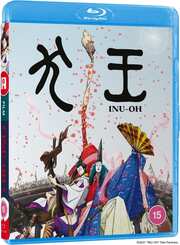






























































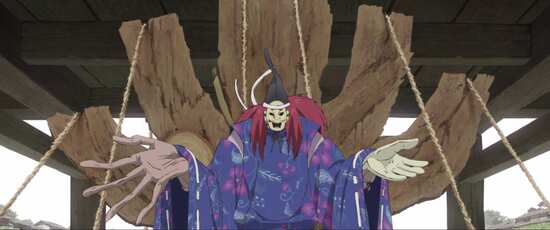
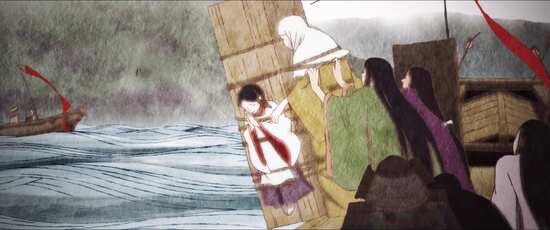
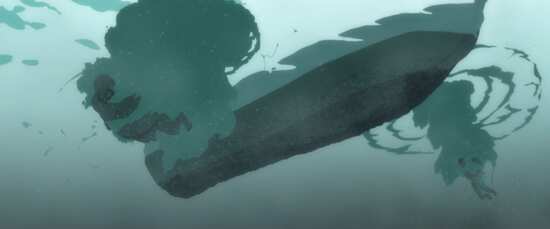
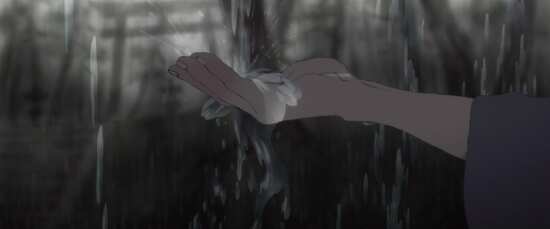
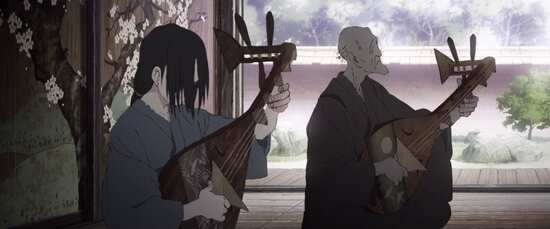
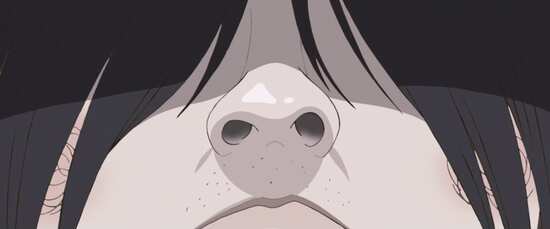
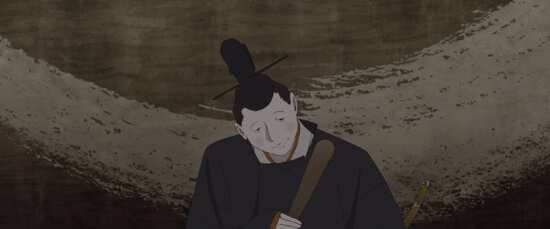
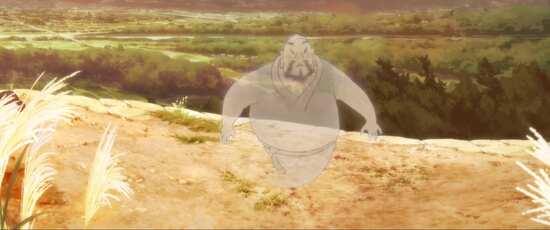
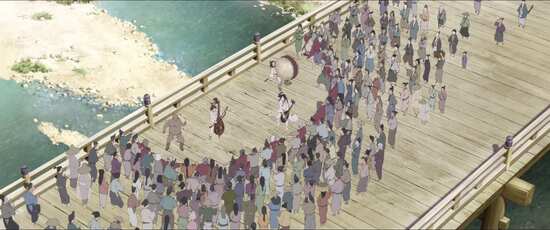
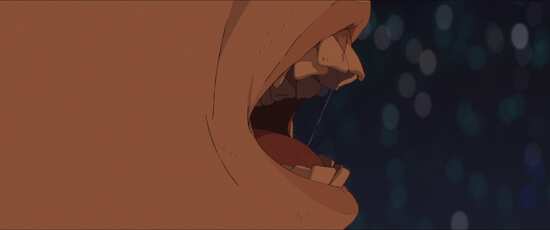
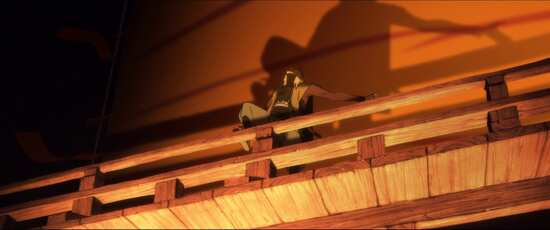
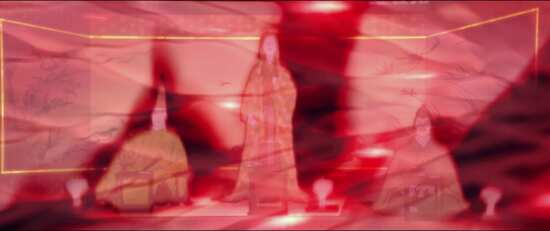
Your Opinions and Comments
Be the first to post a comment!